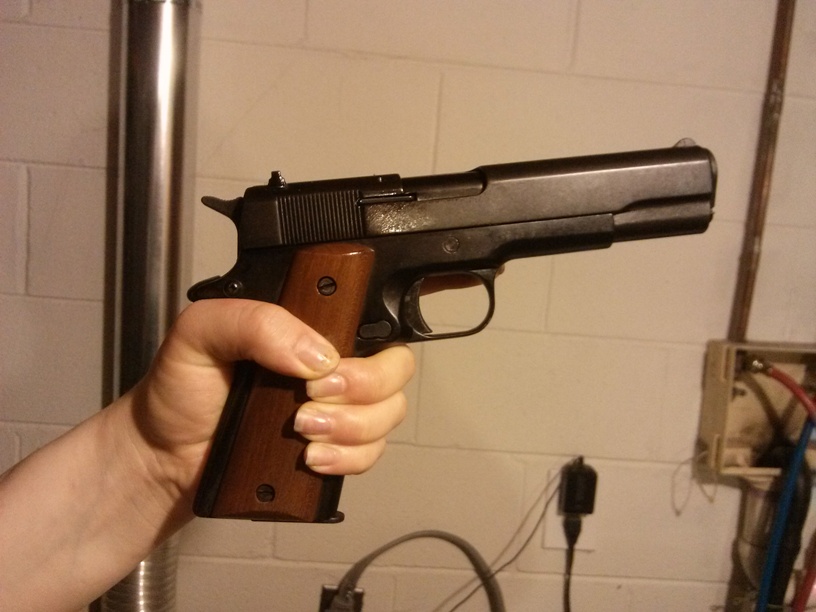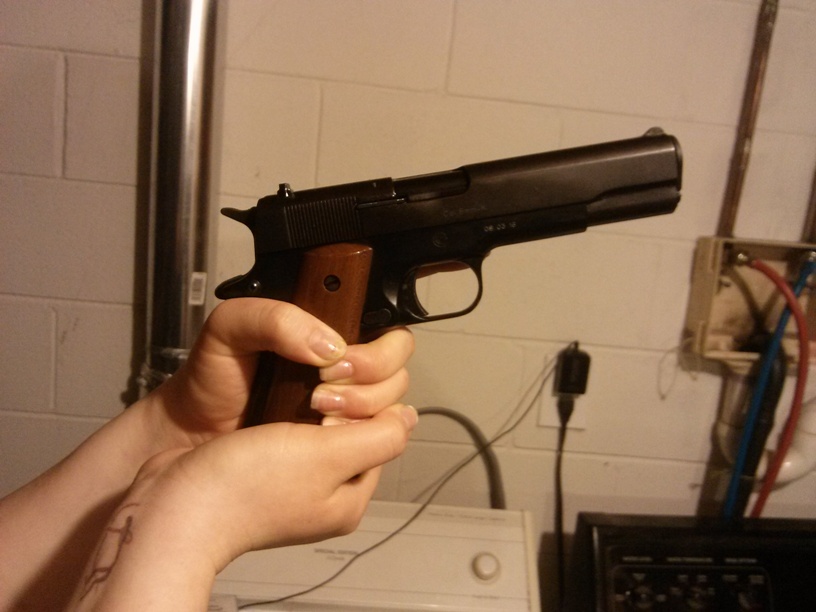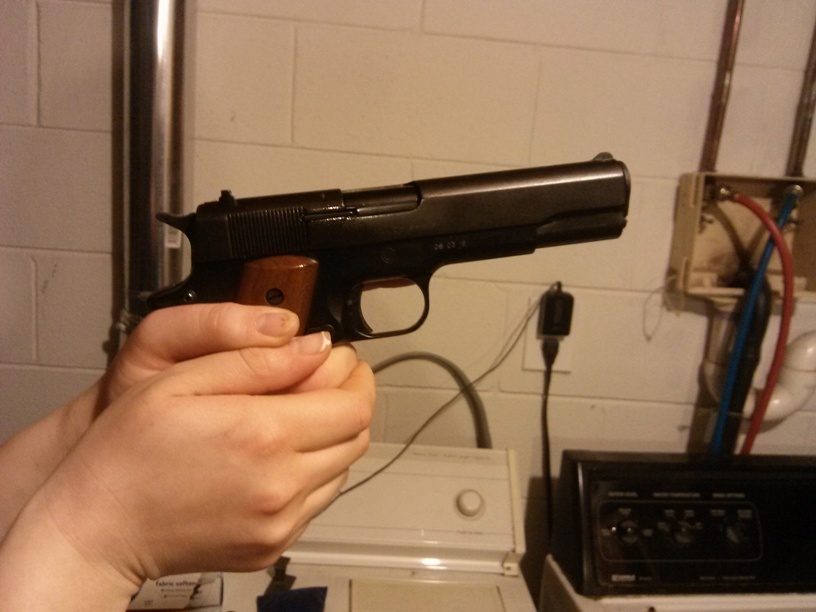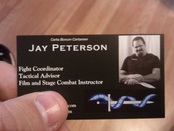What does it do?
- Current commerce code says that imitation guns sold in the U.S. have to be either completely made of bright-colored material or have a bright orange plug in the muzzle. This Act changes the law to only allow imitation guns with their entire body brightly colored.
Um, Why?
Ostensibly the law is a reaction to the deaths of Tamir Rice and John Crawford. Both were holding realistic airsoft imitation guns when they were shot and killed by police in 2014. The idea being that easily removed or covered orange tips are no longer a viable safety measure in helping police identify a fake from a real gun.
Will it work?
Without getting into a pages-long lecture about the factors that play in a shoot/don't shoot scenario, the short answer is "pretty unlikely."
What are the side effects?
The airsoft sport will suffer, as realistic weapons are a big part of the sport's appeal. Certain reenactors (WWII in particular) will find their supply of weapons drying up overnight, as will the entertainment industry.
What if I just buy some of these bright orange ones and paint them black?
Depends on whose lawyar interperets the commerce code. On the one hand, if they're yours, then you're not buying, selling, or transporting over state lines, you might be good. On the other hand, they might be "entered into commerce." Nobody's so far been charged with the current law, so there's no real case studies to follow.
So, worst case scenario, it's a Federal Offense with no precedent. If you want to risk some prosecutor wanting to make an example of someone...
Wait, isn't there a waiver or something for the entertainment industry?
Technically, yes, but it's a one-at-a-time waiver from the Secretary of Commerce. From what I hear, similar waivers are available today for doing without the orange tips. I'm told the office processes only a handful of waivers a year.
So, get a waiver and make my John Woo tribute series! Let the Hollow-eyed hippies have their bullshit!
Not so fast, cupcake. YOU might be willing to do the paperwork for however many fake guns you want to own. How many manufacturers do you think are willing to? How many wholesalers? How many retailers? This law intentionally shrinks that market to custom fabricators willing to do the paperwork (and cheerfully pass the expense, time and effort on to you).
That Sucks! Who's responsible for this bullshit?
That would be Senator Barbara Boxer (D-CA). Yes, I know we're all shocked that this comes from a California Democrat.
Fuck That! I'm moving to her district and voting her out!
Good initiative, but a little extreme. Besides, she's already retiring. And then you're stuck in California, which has an identical state law that went into effect in January.
Wait, you mean this bullshit can become law?
Maybe. California's law was signed by Gov. Brown back in September, and Ohio (where both Rice and Crawdord lived and died) has a similar bill going around at the state level.
Federally? Unlikely with the Republicans controlling both chambers, but unlikely doesn't mean impossible. I give it one chance in five, and that's being generous.
That's all for today, folks.
~J






 RSS Feed
RSS Feed
